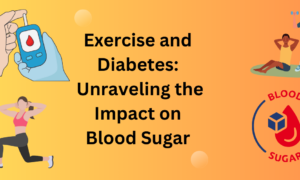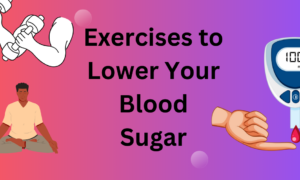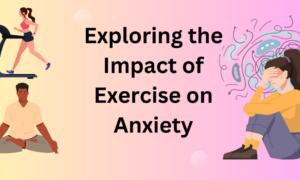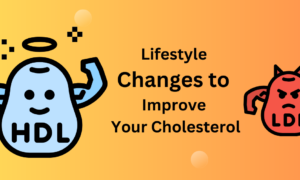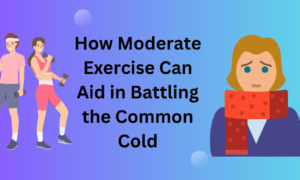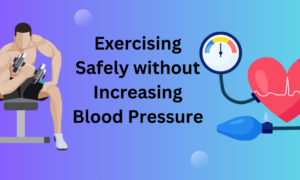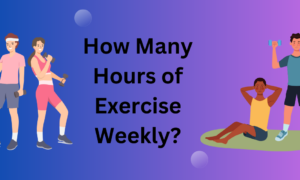Mental recovery is vital for attaining overall well-being. While bodily recovery emphasizes mending physical injuries, psychological recovery aids in sustaining emotional stability, lowering stress, and enhancing mental well-being. Let’s explore different approaches to heal the mind in conjunction with the body, providing effective strategies for attaining enduring mental health.
The Connection Between Mental and Physical Recovery
The link between the mind and body is undeniable. Physical ailments often come with emotional challenges, and stress or anxiety can manifest in physical symptoms such as fatigue, headaches, or muscle tension. Understanding this connection is the first step in fostering complete recovery.
For instance, when someone experiences chronic illness, feelings of frustration or sadness may arise. These emotions, if left unchecked, can slow down the physical healing process. Conversely, improving mental health can accelerate recovery by boosting the immune system and increasing one’s ability to cope with illness.
Mental recovery extends beyond merely addressing particular psychological disorders. It also includes fostering emotional strength, keeping a positive outlook, and developing routines that lessen stress. By looking after both their mind and body, people can heal more efficiently, feeling more empowered and in charge of their lives.

Mindfulness Meditation: A Tool for Mental Clarity
Mindfulness meditation is a simple yet powerful technique that promotes healing by helping people stay in the present moment. This practice involves focusing attention on breathing, bodily sensations, or sounds while letting go of distracting thoughts. It can reduce anxiety, enhance mood, and improve concentration.
Consistent meditation aids in calming the mind and cultivating inner tranquility. In contrast to elaborate treatment techniques, mindfulness can be done nearly anywhere. Regardless of whether you’re at home, at work, or in a serene outdoor location, spending merely 10 to 15 minutes daily on mindfulness can greatly alleviate stress and enhance mental clarity.
Additionally, many who practice mindfulness meditation report better sleep, improved emotional regulation, and a heightened ability to cope with challenging situations. Consistency is essential—starting small and gradually increasing the duration of meditation sessions ensures long-term benefits.
Progressive Muscle Relaxation: Easing Tension from Head to Toe
Progressive Muscle Relaxation is an excellent technique for releasing physical tension and calming the mind. It involves tensing a specific muscle group for a few seconds and then slowly relaxing it. This practice can help individuals become more aware of their physical tension and learn to relax more effectively.
PMR is especially advantageous for individuals healing from physical injuries or dealing with chronic pain. Deliberately relaxing muscles makes the body seem lighter, while reducing mental stress. Numerous individuals employ this technique prior to sleeping to improve sleep quality and soothe racing thoughts.
To practice PMR, find a quiet place, sit or lie down comfortably, and start by focusing on one muscle group at a time. Begin with your toes, then move up to your legs, abdomen, chest, arms, and finally your head. With each muscle group, tense for a few seconds, then release and notice the relaxation spreading through your body. The cumulative effect of this practice leads to a sense of calm and rejuvenation.
Guided Imagery: Visualizing Calmness and Strength
Guided imagery is a mental technique that uses the power of visualization to foster relaxation and healing. It involves imagining peaceful settings or positive outcomes, which can influence emotions and reduce stress. By vividly picturing serene landscapes, calming colors, or uplifting scenarios, individuals can create a mental escape from stressors.
This method is commonly utilized in mental health treatment, pain control, and wellness initiatives. Visualization leverages the brain’s capacity to affect physiological functions, including lowering heart rate and enhancing mood. It functions by shifting mental attention from stress to positive, calming experiences.
To practice guided imagery, sit in a comfortable position, close your eyes, and take a few deep breaths. Imagine yourself in a calm, safe place—this could be a beach, forest, or even your own home. Pay attention to details: the sound of waves, the warmth of sunlight, or the scent of fresh air. Regularly engaging in guided imagery helps foster mental resilience and can be a powerful tool during recovery.
Journaling for Mental Clarity and Emotional Release
Writing can be a therapeutic process for those seeking mental recovery. Journaling provides a safe space to explore thoughts, emotions, and experiences. It allows individuals to process difficult situations, reflect on personal growth, and set future goals.
There’s no right or wrong way to journal—it can be as simple as jotting down daily thoughts or creating detailed entries about feelings and experiences. Many find that writing helps them uncover underlying emotions and gain clarity during times of confusion.
Journaling also improves self-awareness, which is vital for mental health. By monitoring emotional trends, people can pinpoint triggers, acknowledge improvements, and cultivate more effective coping strategies. As time goes on, this practice evolves into an essential resource in the healing journey, encouraging self-expression and enhancing mental resilience.
Breathing Exercises: Simple Steps to Instant Calm
Breathing exercises are among the quickest ways to calm the mind and reduce stress. By focusing on controlled breathing, individuals can slow down their heart rate, lower blood pressure, and promote relaxation. Deep, intentional breathing signals the brain to shift from a state of alertness to one of calm.
A widely used method is diaphragmatic breathing, which consists of taking deep breaths through the nose, enabling the diaphragm to fully expand, and releasing air slowly through the mouth. This approach assists in activating the parasympathetic nervous system, which opposes the body’s reaction to stress.
Box breathing is another effective method. It involves inhaling for four counts, holding the breath for four counts, exhaling for four counts, and pausing again for four counts before repeating. Practicing these exercises daily helps regulate emotions and improve mental clarity.
Physical Activity: A Boost for Mental Recovery
Exercise isn’t just beneficial for the body—it’s a powerful tool for healing the mind. Physical activity triggers the release of endorphins, chemicals in the brain that act as natural mood lifters. Regular movement can reduce anxiety, alleviate depression, and improve overall cognitive function.
Activities such as walking, yoga, swimming, or cycling promote relaxation and help clear the mind. Even low-impact exercises like stretching can enhance mood by relieving tension and increasing blood flow.
Participating in physical activity doesn’t need to be intense. Establishing a routine that is both enjoyable and feasible guarantees consistency, which is essential for reaping the mental health advantages of exercise. As time passes, physical activity turns into a dependable method to improve both bodily and mental recuperation.
Connecting with Nature: Recharging the Mind
Spending time in nature is a simple yet powerful way to promote mental wellness. Whether it’s a walk in the park, a hike in the woods, or simply sitting by a lake, being in natural surroundings helps reduce stress and improve mood.
Nature therapy, often referred to as ecotherapy, highlights the therapeutic benefits of nature. Research indicates that being in green spaces can reduce cortisol levels, enhance creativity, and promote a feeling of serenity. The natural world provides a setting devoid of digital interruptions, enabling people to unwind and contemplate.
Incorporating outdoor time into daily routines can greatly enhance mental recovery. Even brief moments spent in nature provide an opportunity to reset and recharge, helping both the mind and body heal more effectively.
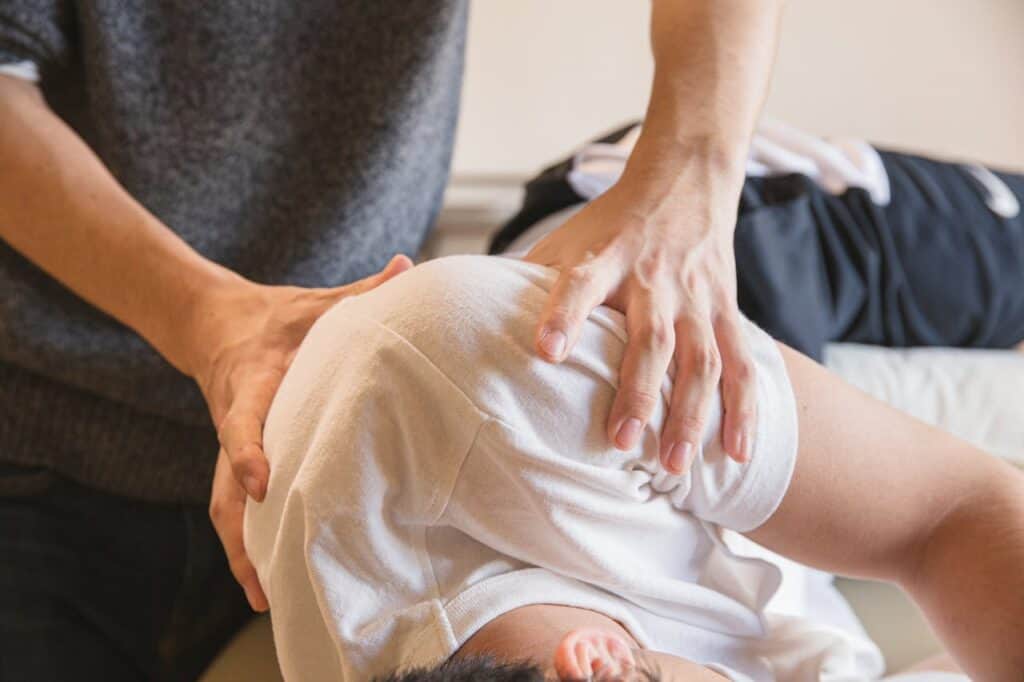
Building a Support System: The Role of Social Connection
Human beings are inherently social creatures, and meaningful connections play a vital role in mental recovery. Having a trusted network of friends, family, or support groups can provide emotional comfort and practical assistance during challenging times.
Social support alleviates feelings of loneliness, provides various viewpoints, and promotes a sense of community. Whether via in-person discussions, phone conversations, or digital groups, maintaining connections allows individuals to feel acknowledged and supported.
Building strong relationships takes time, but it’s worth the effort. Engaging in open communication, practicing empathy, and offering support to others in return creates a positive cycle of mutual care. This sense of connection is key to maintaining long-term mental wellness.
Conclusion
By integrating these methods into everyday routines, people can establish a balanced strategy for mental recovery. Healing the mind together with the body nurtures resilience, clarity, and emotional health, leading to a more vibrant, satisfying life.


